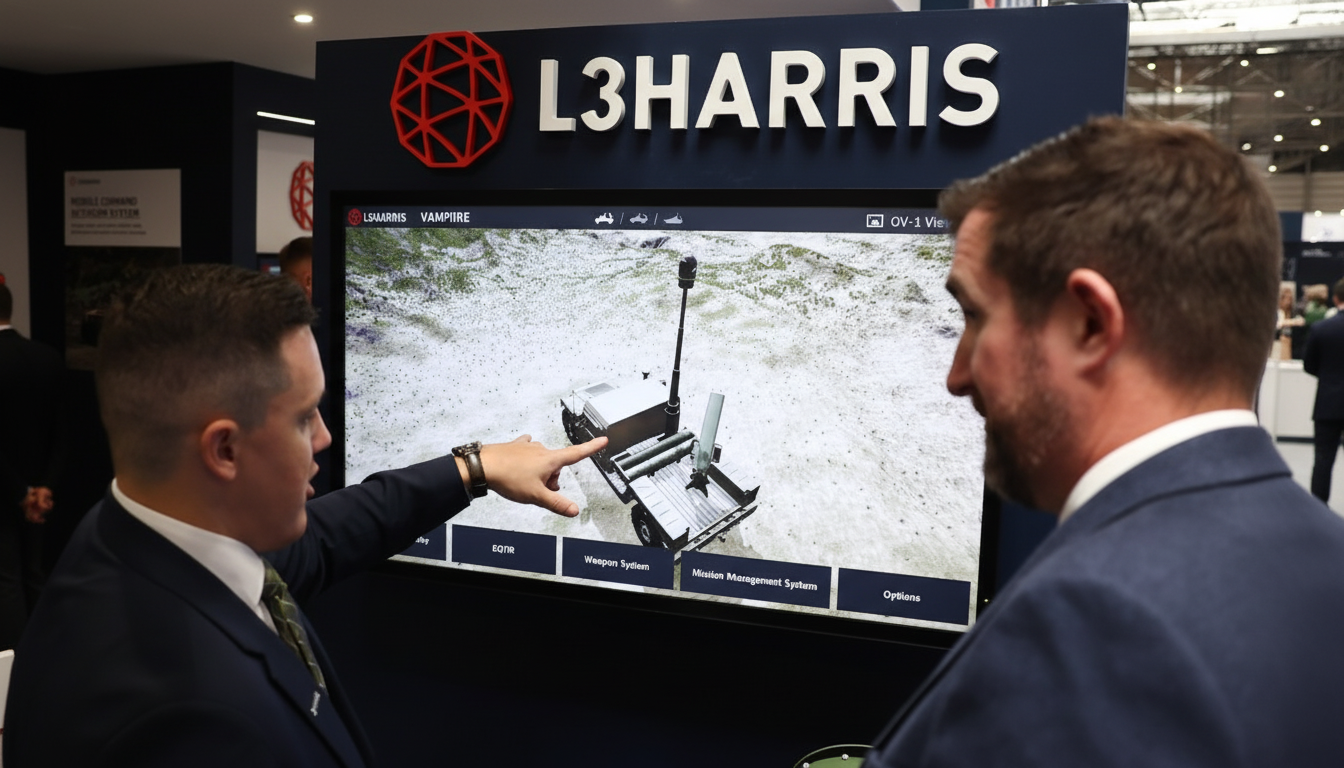U.S. prosecutors have charged Peter Williams, a former senior cyber executive at an L3Harris subsidiary, with stealing and selling trade secrets to a Russian buyer. The case, filed as a criminal information, alleges Williams profited by roughly $1.3 million from the sale of proprietary tools and techniques belonging to two unnamed companies.
What Prosecutors Allege About the Trade Secret Sales
According to the Justice Department, Williams misappropriated eight trade secrets over a multi-year period, culminating with a final transfer shortly before his tenure ended at the defense contractor’s offensive cyber unit. The charging document does not identify the victim companies, describe the specific technology at issue, or name the Russian purchaser.
- What Prosecutors Allege About the Trade Secret Sales
- Who Is Williams and What Is Trenchant’s Role at L3Harris
- A Criminal Information Signals A Different Path
- Missing Pieces Raise Key Questions About the Case
- Industry Fallout and Internal Security Concerns
- The Cost of Trade Secret Theft for U.S. Firms
- What Happens Next in the Williams Trade Secrets Case

Prosecutors say Williams was paid in the seven figures and are seeking forfeiture of assets tied to the alleged criminal proceeds. The criminal information frames the conduct as calculated and sustained, rather than a one-off incident, signaling substantial exposure under federal trade secret law.
Who Is Williams and What Is Trenchant’s Role at L3Harris
Williams, an Australian national, most recently served as general manager of Trenchant, a specialized L3Harris business that develops offensive cyber capabilities. Trenchant emerged after L3Harris acquired Azimuth and Linchpin Labs and combined them into a single unit focused on high-end exploit development.
Trenchant’s tools have historically been marketed to allied governments, including members of the Five Eyes intelligence alliance: the United States, United Kingdom, Canada, Australia, and New Zealand. That positioning makes any alleged diversion of sensitive techniques to a foreign buyer particularly consequential for national security and export compliance.
A Criminal Information Signals A Different Path
Unlike an indictment, a criminal information typically proceeds when a defendant waives the right to grand jury review. In practice, it often indicates that plea negotiations are underway or that the parties are moving toward a resolution without a jury trial.
The case is being handled by the Justice Department’s National Security Division, specifically its Counterintelligence and Export Control Section, underscoring potential concerns about sensitive technology transfers and the involvement of a Russian counterparty.
Missing Pieces Raise Key Questions About the Case
The government has not said whether the alleged buyer was linked to the Russian state or was a private actor operating in that market. Nor has it revealed whether additional counts—such as export control violations—are contemplated. Those details could determine whether the case sits squarely under the Economic Espionage Act’s trade secret provisions or reaches into broader national security territory.
The charging document also omits the nature of the stolen material. In the offensive cyber world, proprietary exploit chains, vulnerability research, and operational tooling are extremely valuable. Even limited disclosure can erode a capability’s shelf life if targets patch or adversaries repurpose the techniques.

Industry Fallout and Internal Security Concerns
Trenchant has faced internal scrutiny around tool leakage, according to former employees, who describe strict compartmentalization meant to limit cross-team visibility into platform-specific exploits. Whether any prior internal inquiries intersect with the federal allegations against Williams remains unclear.
The case highlights a perennial challenge for offensive cyber firms: safeguarding crown-jewel tradecraft while enabling collaboration across complex research programs. Controls often include need-to-know access, hardware isolation, and rigorous logging—yet insider risk persists as a leading vector for loss of sensitive IP.
The Cost of Trade Secret Theft for U.S. Firms
Economic espionage and IP theft impose significant costs on U.S. firms. The Commission on the Theft of American Intellectual Property has estimated annual losses in the hundreds of billions of dollars, a range frequently cited by the FBI and the National Counterintelligence and Security Center as a drag on innovation and national competitiveness.
Recent trade secret prosecutions illustrate the stakes across sectors—from commercial cases involving autonomous systems to state-directed efforts targeting aerospace and semiconductor know-how. Offensive cyber capabilities sit at the sharp end of that spectrum, where proprietary techniques can shift the balance between detection and successful operations.
What Happens Next in the Williams Trade Secrets Case
An arraignment and plea agreement hearing is scheduled in federal court in Washington. Prosecutors are likely to press for forfeiture and restitution, while defense counsel may contest the scope and valuation of the alleged trade secrets.
Key developments to watch include whether authorities identify the buyer, whether the government names the victim companies, and whether export control issues surface alongside the trade secret counts. For contractors and cyber vendors, the case is a reminder to stress-test insider risk programs, revisit data-handling controls for exploit research, and monitor outbound access paths that could be exploited for profit.
L3Harris, the FBI, and the court overseeing the case have not publicly provided additional detail. The outcome will reverberate across the offensive security community, where the value of a single undisclosed vulnerability chain can be measured in contracts, geopolitical leverage, and criminal exposure.

